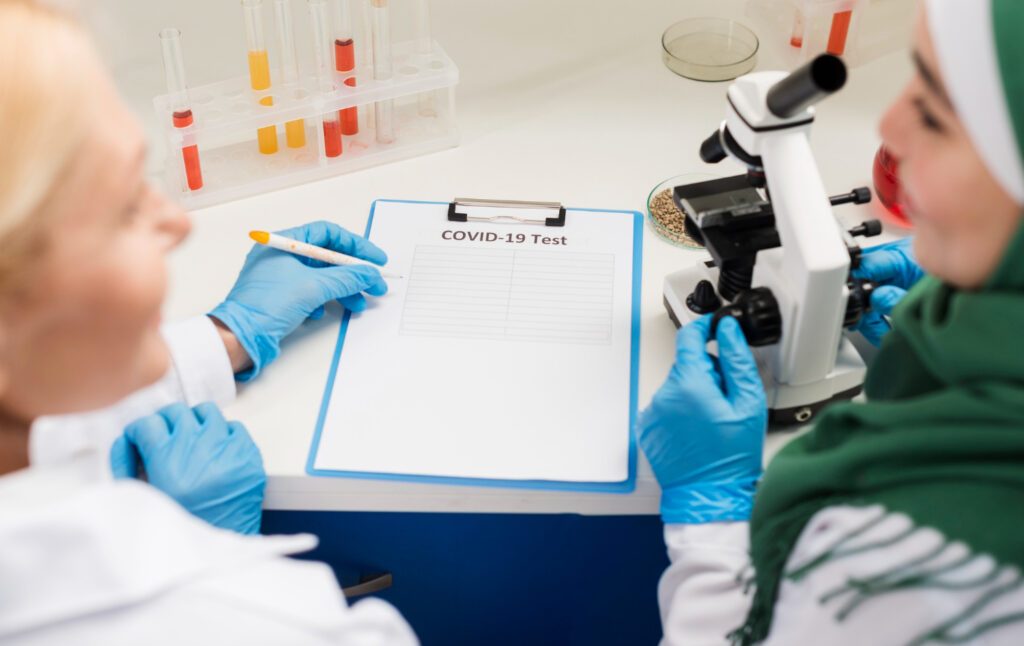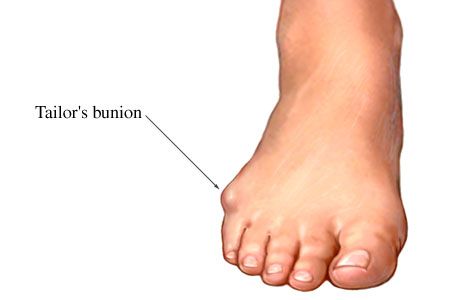Phase II clinical trials play a pivotal role in the drug development process, serving as the essential step where the efficacy of a new drug is evaluated in patients. These trials are the “make or break” phase, where developers confirm whether a promising treatment from early studies can genuinely offer therapeutic benefits. As the bridge between Phase I safety studies and large-scale Phase III trials, Phase II provides the foundation for decision-making about a drug’s future. Its outcomes not only influence regulatory approvals but also help pharmaceutical companies decide whether to invest in the high costs of subsequent stages.
Understanding the Objectives of Phase II Clinical Trials
The primary goal of Phase II clinical trials is to evaluate the effectiveness of a drug in a specific patient population while continuing to assess its safety profile. By this stage, the drug has already demonstrated an acceptable level of safety in healthy volunteers during Phase I. Phase II trials now focus on testing its therapeutic value, determining the best dosage, and gathering preliminary data on how the drug works in real-world clinical conditions.
This phase is generally divided into two sub-phases to address different objectives:
-
Phase IIa Trials:
These exploratory studies primarily assess dosing requirements and provide preliminary evidence of efficacy. They often involve small groups of participants and explore how different doses affect outcomes. -
Phase IIb Trials:
These are more extensive studies designed to confirm the drug’s efficacy at specific dosages, laying the groundwork for larger-scale trials. They often include hundreds of participants and more robust statistical analyses.
Designing a Successful Phase II Clinical Trial
The success of a Phase II clinical trial depends heavily on its design and implementation. Researchers must carefully structure the trial to ensure reliable and actionable results. Key components include:
-
Randomized and Controlled Structure:
Most Phase II trials are randomized and controlled to eliminate bias and ensure that the outcomes can be attributed to the drug itself. Participants are often divided into groups receiving the experimental drug, a placebo, or an alternative treatment. -
Blinding:
Blinded trials, where either the participants, the researchers, or both are unaware of which treatment group the participants belong to, reduce the risk of bias in interpreting results. -
Endpoints:
Clear endpoints are established to measure the trial’s success. These might include measurable improvements in biomarkers, reduction in symptoms, or other indicators of efficacy and safety.
Challenges in Conducting Phase II Clinical Trials
Despite their critical role in drug development, Phase II clinical trials face numerous challenges:
-
Patient Recruitment and Retention:
Recruiting the right patients who meet the stringent inclusion criteria for a trial is often a major hurdle. Additionally, retaining participants throughout the trial duration can be difficult, especially in studies requiring frequent monitoring or invasive procedures. -
Outcome Variability:
The relatively small sample sizes of Phase II trials can lead to variability in results. Differences in patient responses due to genetic, demographic, or environmental factors can complicate the interpretation of data. -
High Costs and Time Requirements:
Phase II trials are expensive and time-consuming. Balancing the need for thorough testing with the urgency of bringing a drug to market is a constant challenge for sponsors.
Innovations in Phase II Clinical Trials
Recent advancements in trial methodologies and technology are addressing many of these challenges and improving the efficiency of Phase II trials:
-
Adaptive Trial Design:
Adaptive trials allow modifications to the trial protocol based on interim results. For example, dose adjustments, changes in sample size, or even early termination can be made without compromising the integrity of the study. -
Biomarker-Driven Approaches:
Biomarkers are increasingly used to identify subgroups of patients who are more likely to respond to a drug. This precision-medicine approach enhances the likelihood of success and reduces the risk of negative outcomes. -
Artificial Intelligence and Machine Learning:
AI and machine learning are revolutionizing data analysis in Phase II trials, enabling faster identification of patterns and potential issues. These tools also streamline patient selection and monitoring. -
Digital and Remote Technologies:
The adoption of digital tools, such as electronic data capture systems and wearable health monitors, has significantly improved data accuracy and reduced the logistical challenges of conducting trials. Remote monitoring has also expanded access to participants in underserved regions.
Impact of Phase II Clinical Trials on Drug Development
Phase II trials are a critical decision point in drug development. A successful Phase II trial provides evidence that a drug is both effective and safe enough to justify the significant resources required for Phase III trials. Conversely, a failure at this stage, while disappointing, helps conserve resources by preventing further investment in an unviable candidate.
The data generated in Phase II trials are also vital for engaging with regulatory agencies and investors. Regulators rely on Phase II results to provide initial guidance on potential approval pathways, while investors often view successful Phase II trials as a sign of a drug’s commercial potential.
Conclusion
Phase II clinical trials are the cornerstone of modern drug development, offering a critical opportunity to validate a drug’s potential to transform patient care. By rigorously testing efficacy and safety in real-world conditions, these trials provide the data needed to advance the most promising treatments while weeding out those unlikely to succeed. As innovations in trial design and technology continue to evolve, the future of Phase II trials holds great promise for making drug development faster, more efficient, and more precise, ultimately benefiting patients around the globe.












